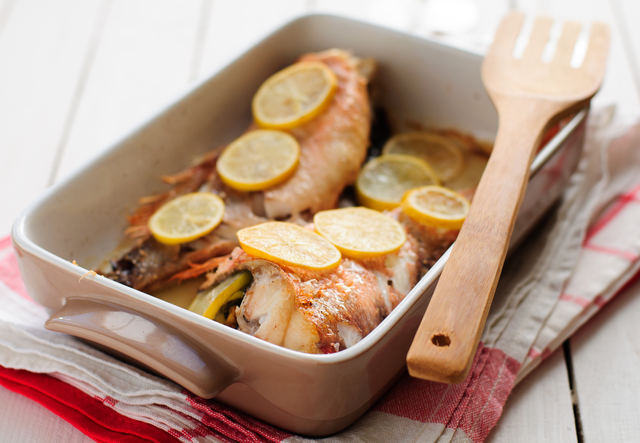By Ben Thomas
When was the last time you used a corkscrew? Do you still own one? I was given two last week by French winemakers.
The first winemaker looked a little sheepish as he handed over the branded, promotional tool, knowing the bulk of wine we drink in Australia is sealed with a screw cap.
The second had my name printed on it – an aid, I presume, to ensure it makes its way back to me after a boozy picnic with friends.
The corkscrew rarely makes an appearance at tastings these days.
Despite the screw cap’s wide adoption in Australia, debate still rages as to what makes the best closure for a bottle of wine – especially between winemakers.
There are three major types of seals used on wine bottles: the screw cap, natural cork and an agglomerate cork made of tiny bits of cork that are glued and molded together. It’s known as the Diam, after the company that makes it.
There are two main issues with corks that led to the development of alternatives. Cork taint, caused by the chemical 2,4,6-Trichloroanisole (TCA), gives wine a wet cardboard or musty smell and is so potent even the tiniest trace can be sensed by the human nose. About
5 per cent of all bottles sealed under cork
are affected by TCA.
The other issue is the amount of oxygen the cork lets in. The bark from the cork tree, which is grown in huge forests on the Iberian Peninsula, lets small amounts of air pass through it. In itself, this is a good thing because a little oxygen helps wine age and develop in the bottle. But, because cork is a natural product, the amount that passes through isn’t consistent.
There’s a saying that “there aren’t great
wines, just great bottles” and I’ve been at tastings that prove the point beautifully.
Few disagree that screw caps are a high-quality, consistent seal that retains freshness. But many winemakers feel corks are the perfect seals for the style of wine they’re trying to make.
Te Mata winemaker Peter Cowley uses screw caps, cork and Diam for his wines and we’ve spoken about the merits of all over the years. Te Mata, in New Zealand’s Hawkes Bay, trialled all three seals on its high-end wines.
“After those trials were about three years old, when we were trying them, we were seeing a difference in the wines,” Cowley says. “Reds move on a bit more after three or four or five years; there’s more evolved aromas and flavours. The tannins are softer and more evenly straight on the palette.
“[With screw caps] I find the same wine a bit shorter and a little bit harder. The tannin seems to be on the end of the line a little bit.”
But Cowley also saw positives in screw caps: “The wine’s freshness – a sweet, fruit thing that is terrific.”
Te Mata chose to use screw caps on some of its cheaper wines.
Crowley uses Diam corks on his top whites, which are fermented and matured in oak barrels to add extra complexity to the wines. Screw caps, he found, amplified some of the characters in these wines.
“We were picking up a flinty, tonicky note on those wines in the whites, which is kind of OK. [As drinkers] we’re all getting used to that character a bit, but we think it’s a bit of a negative.”






